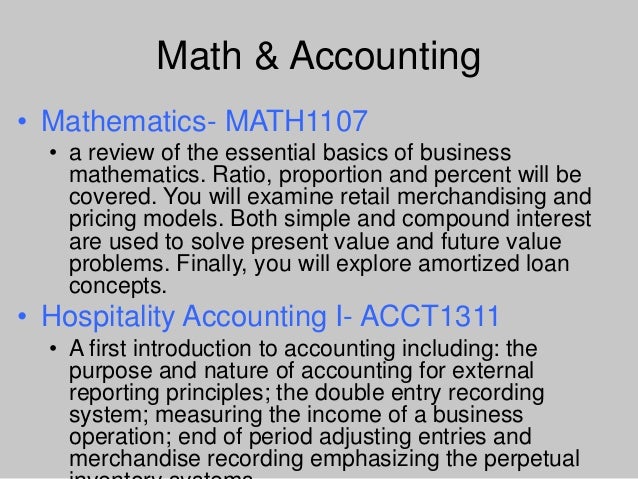REVPAR = "revenue per available room".
It can be applied to economy or mid-market hotels, where room revenue is nearly all of your total revenue, but doesn't tell you a whole lot other than that you're not doing a very good job of filling your rooms, if it's much lower than your average daily rate (ADR) -- as though the occupancy percentage isn't the giveaway on that.

It becomes a more useful figure when room revenue is only part of your total revenue; because your total revenue will include food and beverage -- restaurant and lounge -- meeting and banquet space, and any resort fees (real resort fees, from things guests actually use and know ahead of time they're going to be asked to pay for, like maybe a golf course), a casino (if you were so fortunate to have one forty years ago, when they were the thing to have; as opposed to now, when they're anything but); and income from retail operations on property and any extra-cost services (laundry and valet, phone, wi-fi if you charge for it).
Even then, unless you're also looking at CPAR (cost per available room) and GOPPAR (gross operating profit per available room), as Mike Holovacs pointed out, you're only seeing part of the story -- for both the entire hotel; and for each department and revenue stream, and costly service or amenity offered, within it.
In a hotel of that size and complexity, you are trying to achieve synergy with the added revenue streams in addition to your room revenue -- you want your guests to opt in on the restaurant, bar, casino, golf course and other extras; you want attendees at your meeting and banquet facilities to rent rooms and stay a few nights as guests.
High REVPAR means you're doing it well, Low REVPAR means you need to look at what may not be working so well -- and maybe the costs associated with it. That's where your CPAR and GOPPAR, broken down by revenue stream and department, becomes essential. Is your GOPPAR a negative figure for the restaurant? Do you need the restaurant in order to rent the rooms? (With some full-service brands, you do.) Okay, you know what you need to do: either close the restaurant or reposition it.
(Indeed, it could be that the rooms themselves have a negative GOPPAR, but you need them in order to increase revenue for something else, which produces GOPPAR that covers them. That's why you see a lot of casino hotels in Vegas -- some really nice ones -- that charge less than fifty bucks a night for a room . . .)
One of Conrad Hilton's famous quotes: "If you are 100% occupied, you are not charging enough rent." His 'unfair advantage', what caused him to pull ahead from the pack and build a large chain of hotels and succeed way beyond the norm in his day, was that he went beyond the conventional wisdom of the time and was the first to notice and to track that possible synergy ("This hotel’s got too much wasted space . . . That desk is too long by half. And that dining room would take twenty more beds."), and to achieve it in ways that were predictable and subsequently scalable.
Even in a small, select service hotel, perhaps you might want to calculate REVPAR for only part of your rooms, to compare to the REVPAR of the entire hotel, or that of another part of your rooms. The kings vs. the doubles. The recently renovated rooms vs. the still-nice-but-renovated two years ago rooms. The rooms with the artsy decor vs. the rooms with the traditional decor. The upstairs rooms vs. the downstairs rooms . . .
Originally appeared on Quora

No comments:
Post a Comment